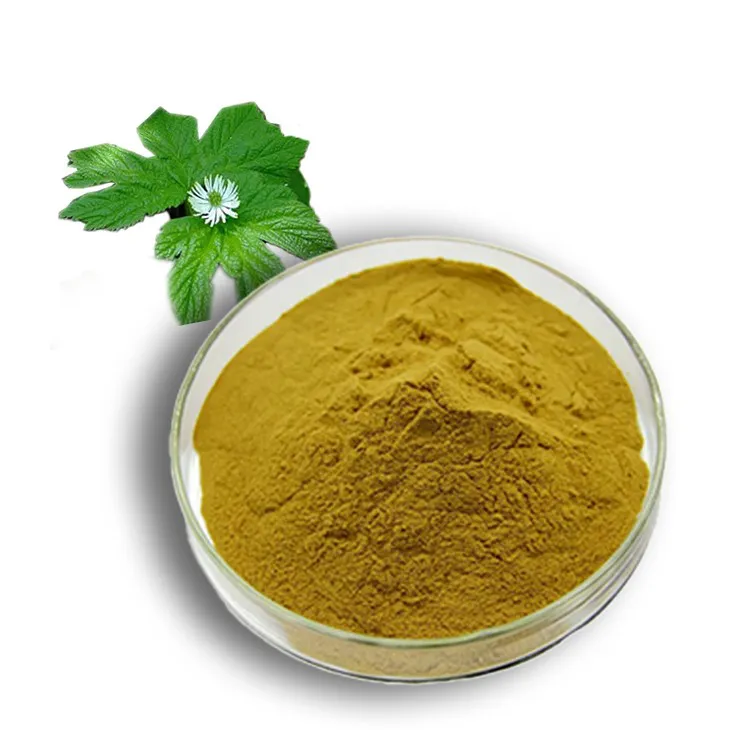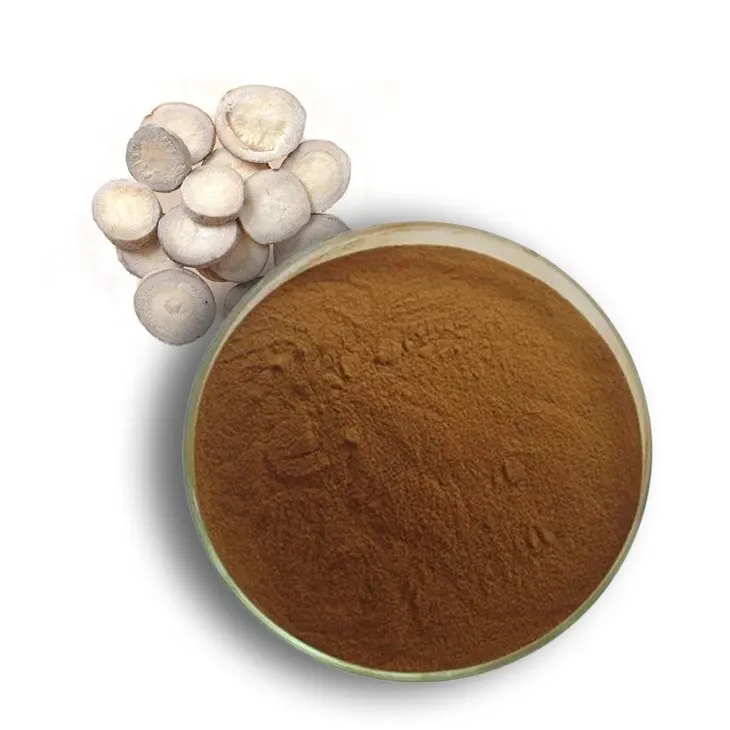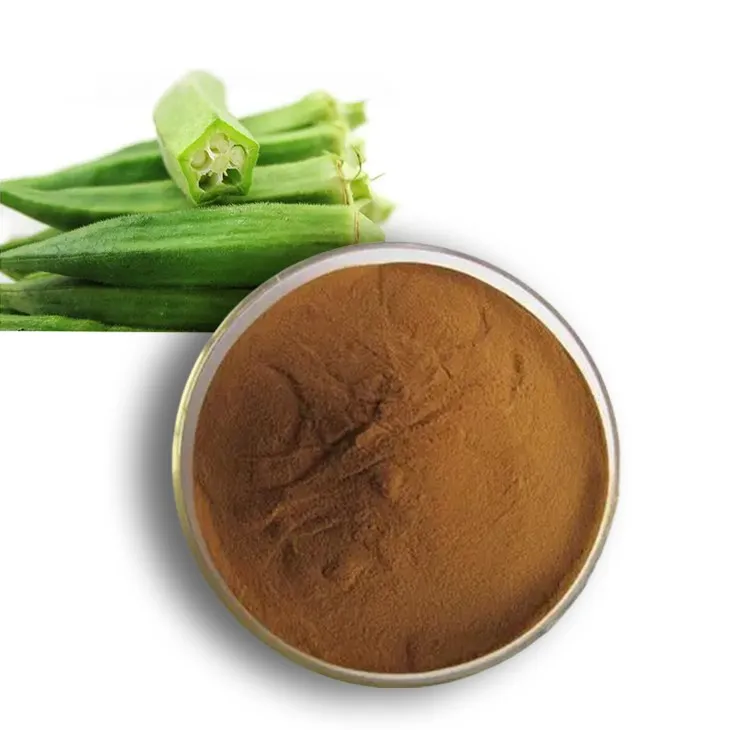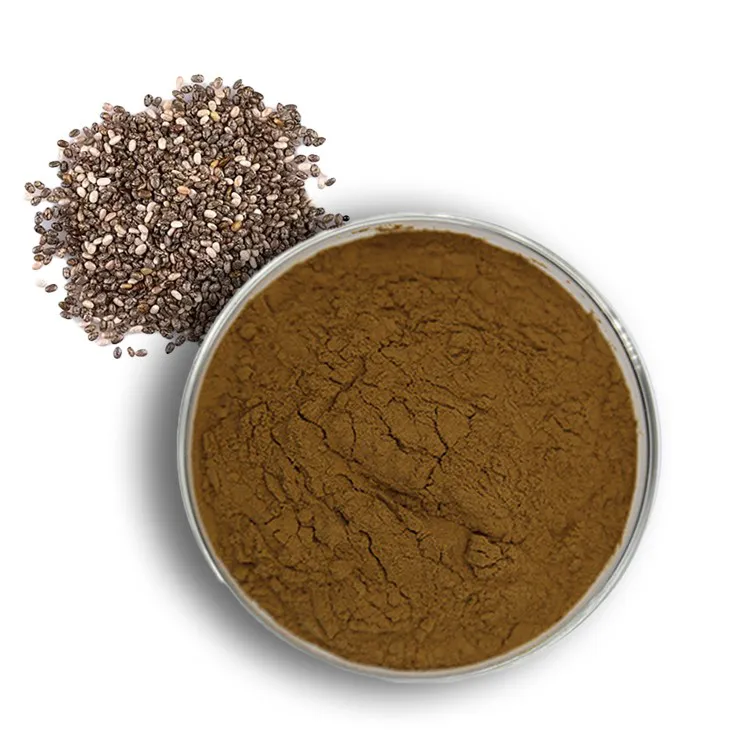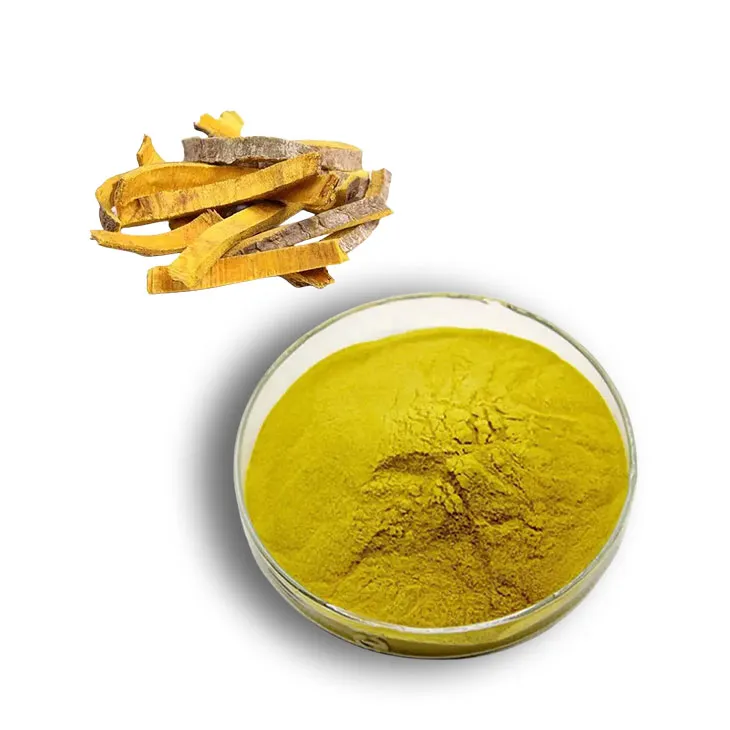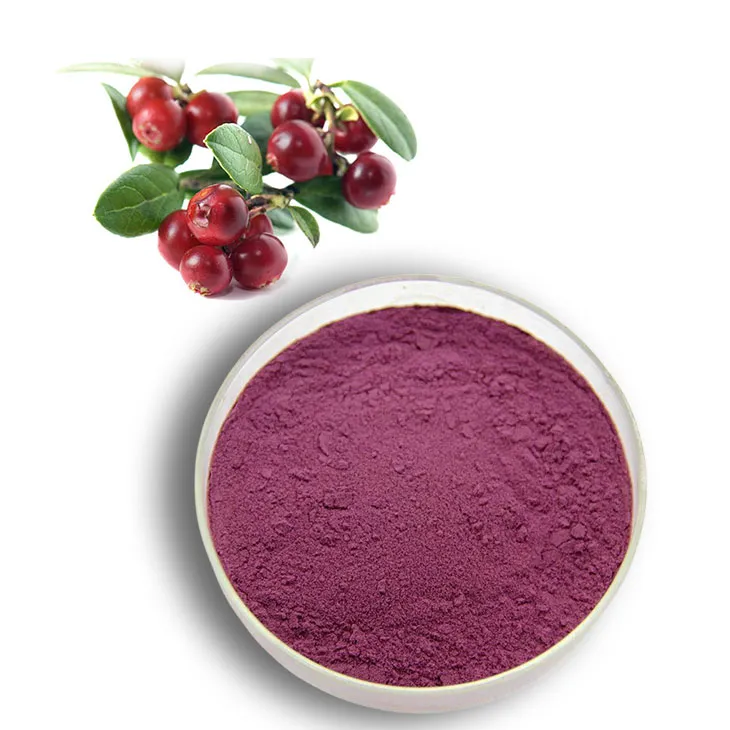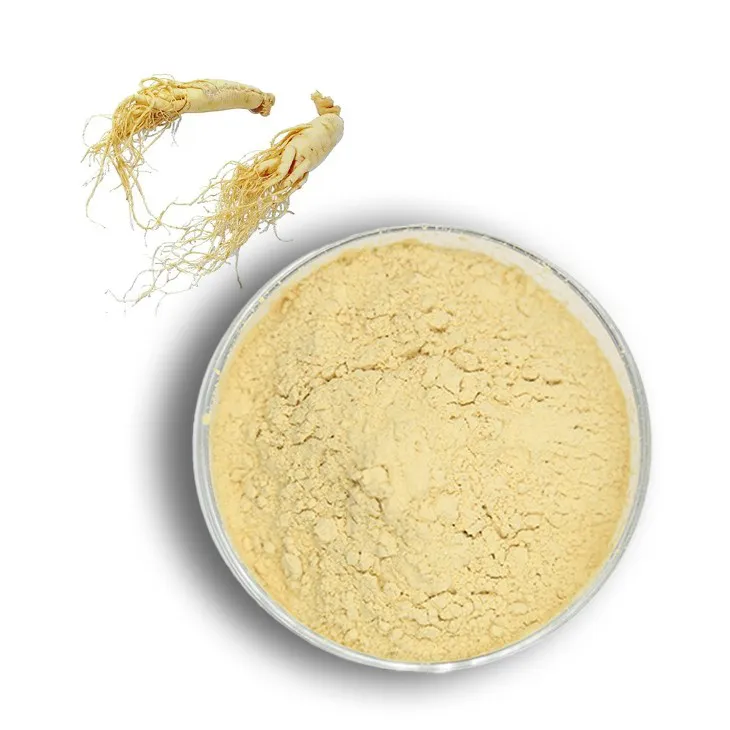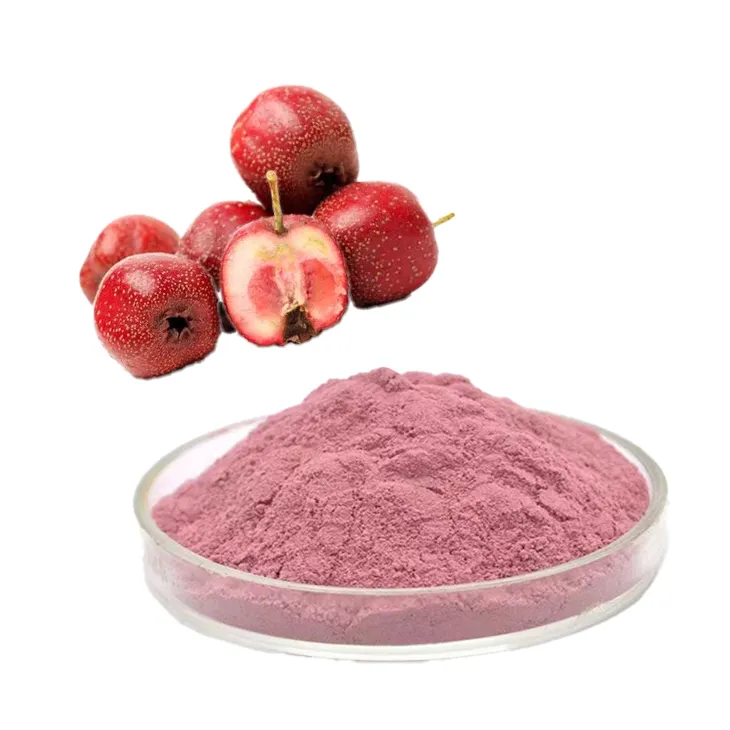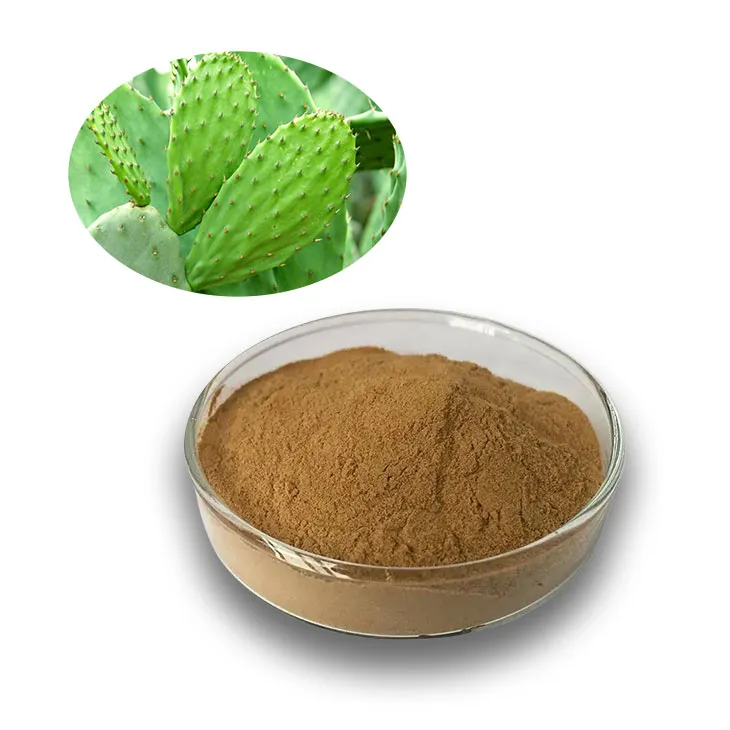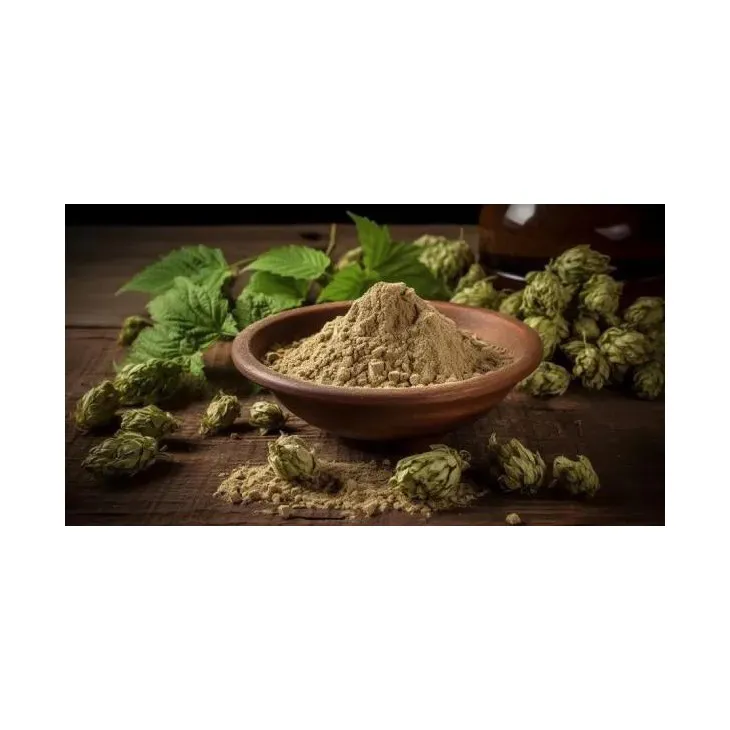- 0086-571-85302990
- sales@greenskybio.com
Blackstrap Molasses: how it is good
2025-05-21
Blackstrap molasses, a rich, dark syrup produced during sugarcane or sugar beet processing, has long been ingrained in both culinary traditions and natural medicine. Its origins trace back to ancient India and China, where sugarcane was cultivated as early as 500 B.C. The technique of boiling sugarcane juice to create molasses was refined during the colonial era, particularly in the Caribbean and the American South, where it emerged as a key economic commodity within the triangular trade.
By the 17th century, molasses was an essential sweetener in Europe and the Americas, playing a pivotal role in baking, brewing, and rum production. However, blackstrap molasses—the most nutrient-dense variety—didn’t receive widespread acclaim as a superfood until the mid-20th century, when its health benefits and rich mineral profile came under the spotlight.
From Byproduct to Superfood: Why Blackstrap Molasses Shines
Unlike refined sugar, which offers empty calories, blackstrap molasses retains the natural nutrients present in sugarcane. It is an abundant source of essential minerals, including iron, calcium, magnesium, and potassium, as well as B vitamins and beneficial phytonutrients like polyphenols, flavonoids, and antioxidants. These components lend blackstrap molasses anti-inflammatory and health-boosting properties.
Scientific studies suggest that blackstrap molasses can help address several health concerns:
- Anemia: Its high iron content makes it an effective natural remedy for iron deficiency.
- Bone Health: Its calcium and magnesium support bone strength and help combat osteoporosis.
- Hypertension: Its potassium content may assist in regulating blood pressure.
- Low Glycemic Impact: With its relatively low glycemic index, it is a healthier sugar alternative for people managing blood sugar levels.
In traditional medicine, blackstrap molasses has been used as a natural energy booster, a digestive aid, and a remedy for menstrual health. Across cultures, it has been incorporated into tonics, consumed with warm water or milk, or blended into herbal remedies. In Ayurveda, it is classified as warming and grounding, frequently used to balance vata dosha.
Blackstrap molasses also holds historical significance. In early 20th-century America, it earned the nickname "the poor man’s cure," thanks to its affordability and nutritional density. During the Great Depression, families relied on this economical, energy-rich syrup to stave off malnutrition, adding it to porridge or spreading it on bread.
The Versatility of Blackstrap Molasses
Blackstrap molasses is easily recognized by its deep, nearly black color, syrupy texture, and bold flavor profile with a bitter-sweet and smoky taste. While there are lighter, sweeter versions of molasses (like “fancy” or “sulfured” molasses), blackstrap remains the most nutrient-rich option.
Its versatility in both sweet and savory dishes has made it a popular ingredient in a variety of recipes, from traditional classics to modern creations:
- Gingerbread Cookies and Cakes: Adds moistness and a deep, robust flavor to these holiday favorites.
- Baked Beans: Enhances slow-cooked recipes with a rich, caramelized sweetness.
- Molasses Bread: A beloved staple in Caribbean cuisine and the Southern U.S. for its hearty, earthy taste.
- Energy Balls: Combines with oats, nuts, and seeds to make convenient, nutrient-dense snacks.
- Marinades and Glazes: Adds complexity to meats such as ham and barbecue ribs.
A Superfood with Enduring Appeal
In a world increasingly dominated by processed sugars, blackstrap molasses is making a comeback as a nutrient-dense, natural alternative. Its long history as both a culinary staple and a folk medicine remedy demonstrates its resilience and value. As modern nutrition shifts its focus toward mineral-rich, whole-food ingredients, blackstrap molasses continues to shine as an accessible, affordable superfood with proven health benefits. Whether incorporated into baked goods, savory dishes, or supplementary tonics, blackstrap molasses offers a link to both historical traditions and contemporary wellness goals.
- ▶ Hesperidin
- ▶ citrus bioflavonoids
- ▶ plant extract
- ▶ lycopene
- ▶ Diosmin
- ▶ Grape seed extract
- ▶ Sea buckthorn Juice Powder
- ▶ Beetroot powder
- ▶ Hops Extract
- ▶ Artichoke Extract
- ▶ Reishi mushroom extract
- ▶ Astaxanthin
- ▶ Green Tea Extract
- ▶ Curcumin Extract
- ▶ Horse Chestnut Extract
- ▶ Other Problems
- ▶ Boswellia Serrata Extract
- ▶ Resveratrol Extract
- ▶ Marigold Extract
- ▶ Grape Leaf Extract
- ▶ blog3
- ▶ Aminolevulinic acid
- ▶ Cranberry Extract
- ▶ Red Yeast Rice
- ▶ Red Wine Extract
-
Golden Seal Extract
2025-05-21
-
White Peony Extract
2025-05-21
-
Okra Extract
2025-05-21
-
Chia Seed Powder
2025-05-21
-
Phellodendron Extract
2025-05-21
-
Bilberry Extract
2025-05-21
-
Ginseng Root Extract
2025-05-21
-
Hawthorn powder
2025-05-21
-
Cactus Extract
2025-05-21
-
Uridine-5'-monophosphate Disodium salt
2025-05-21











